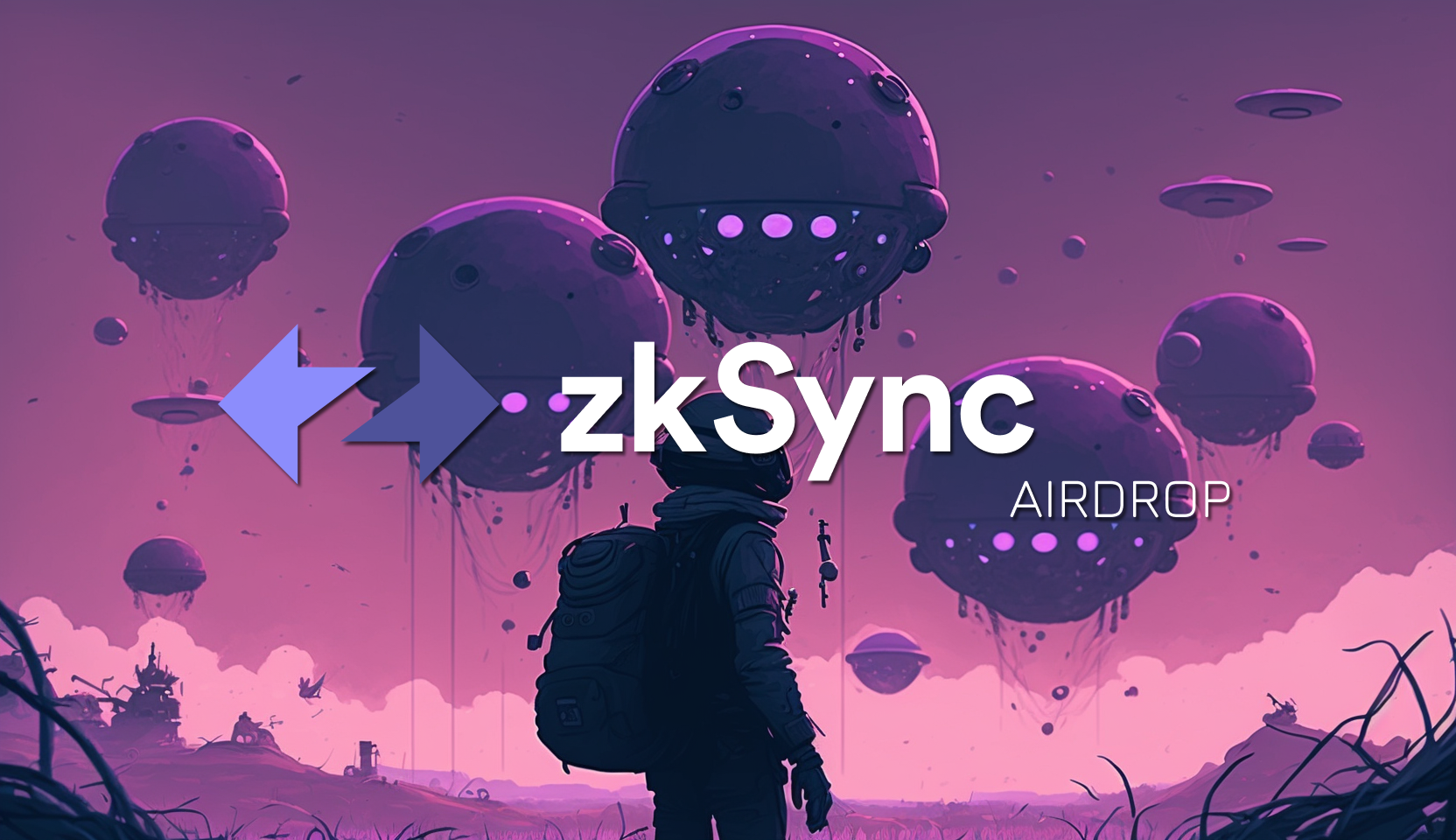|
Getting your Trinity Audio player ready...
|
Matter Lab’s upcoming ZKsync airdrop, slated for June 17th, has ignited a firestorm of controversy within the crypto community. While the airdrop promises to distribute 17.5% of ZKsync’s native token, the exclusion of several key ecosystem contributors has left many disgruntled.
NFT Projects Up in Arms
Leading the charge against the perceived unfairness are prominent projects built on the ZKsync platform. Element, an NFT marketplace responsible for nearly 70% of ZKsync Era’s total trading volume (as of June 12th), took to social media to express its disappointment: “As the largest NFT marketplace on ZKsync, we didn’t receive any airdrops, is this a joke?”
Similar frustrations were voiced by ZKApe (an NFT development platform that generated $15 million in gas fees for ZKsync) and DMail (a decentralized messaging platform). DMail called its exclusion “unbelievable” considering its high user engagement and transaction activity.
ZK Nation Explains Allocation Criteria
In response to the mounting criticism, ZK Nation published a detailed blog post outlining the airdrop eligibility criteria and allocation rationale. The post clarifies that eligible wallets fall into two primary categories: users (89%) and contributors (11%). Users qualify by bridging crypto-assets to ZKsync Era and fulfilling at least one of seven specific criteria. Contributors, on the other hand, are recognized for their contributions to development and community building.
Also Read: zkSync Airdrop Fiasco: Sybil Concerns Tank ZK Token Price
Rewarding Long-Term Engagement, Not Just Volume
ZK Nation emphasizes its intent to reward long-term, organic users over those seen as “opportunistic participants.” Transaction volume alone doesn’t guarantee a large allocation. Instead, a combination of eligibility criteria, time-weighted average balance (TWAB), and bonus multipliers determines the final distribution. For example, early Ethereum adopters and holders of top ZKsync native NFTs received allocation multipliers.
ZK Nation further explains: “A wallet’s history across chains can reveal a lot about its owner. Real users tend to be more risk-on, especially when they feel part of a community. They spend time exploring, trying out new protocols, and holding onto speculative assets. On the flip side, bots and opportunists play it safe, putting in minimal effort while trying to blend in and extract value.”
Addressing Specific Concerns
The blog post also addresses specific grievances. Some users who met multiple eligibility criteria but received smaller allocations might have held lower balances over time or lacked qualifying multipliers. Additionally, users on ZKsync Lite needed to bridge assets to ZKsync Era to be eligible, a step some might have missed.
A Balancing Act: Fairness and Recognition
This controversy highlights the inherent challenges of conducting fair crypto airdrop distributions. Striking a balance between recognizing diverse contributions and rewarding genuine community members remains a work in progress. As the June 17th airdrop date approaches, the community will continue to scrutinize the criteria and outcomes, demanding transparency and fairness from Matter Labs.
Disclaimer: The information in this article is for general purposes only and does not constitute financial advice. The author’s views are personal and may not reflect the views of Chain Affairs. Before making any investment decisions, you should always conduct your own research. Chain Affairs is not responsible for any financial losses
I’m your translator between the financial Old World and the new frontier of crypto. After a career demystifying economics and markets, I enjoy elucidating crypto – from investment risks to earth-shaking potential. Let’s explore!




